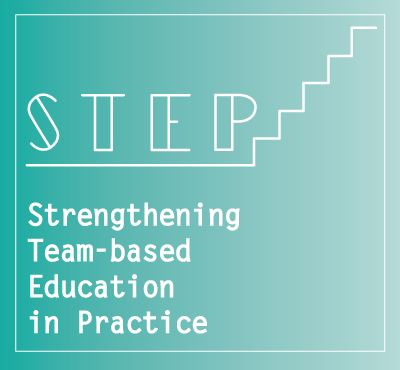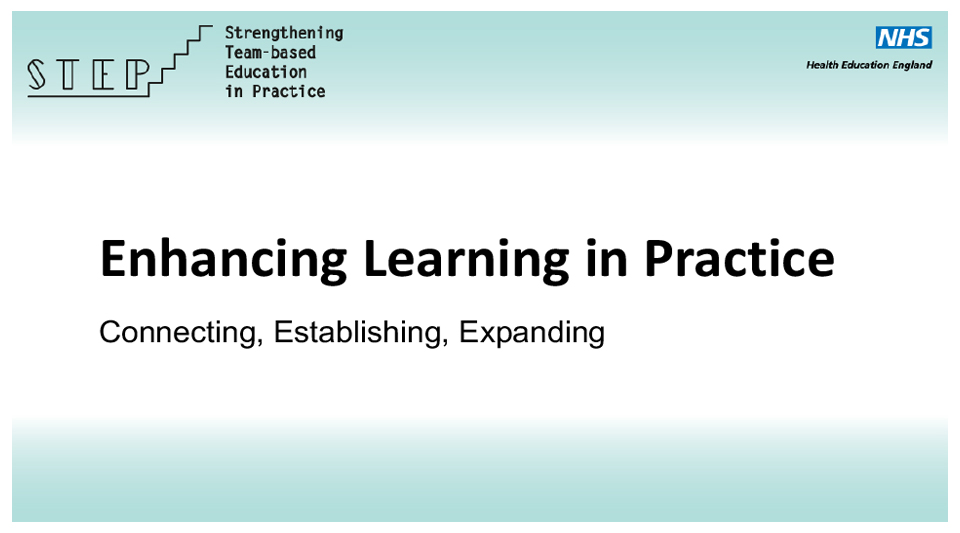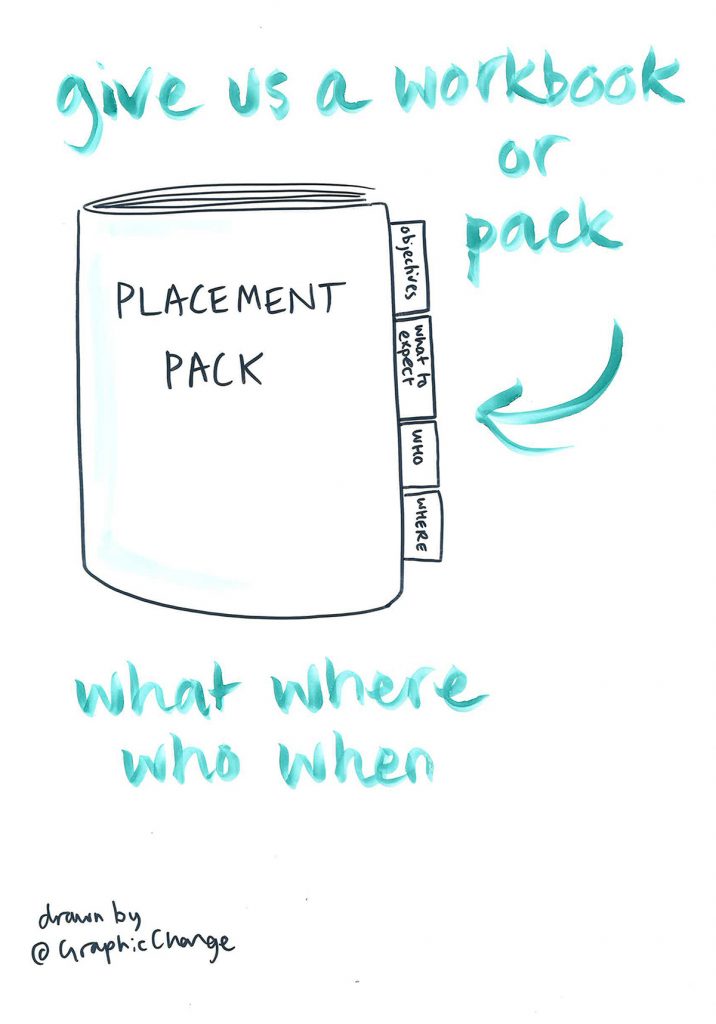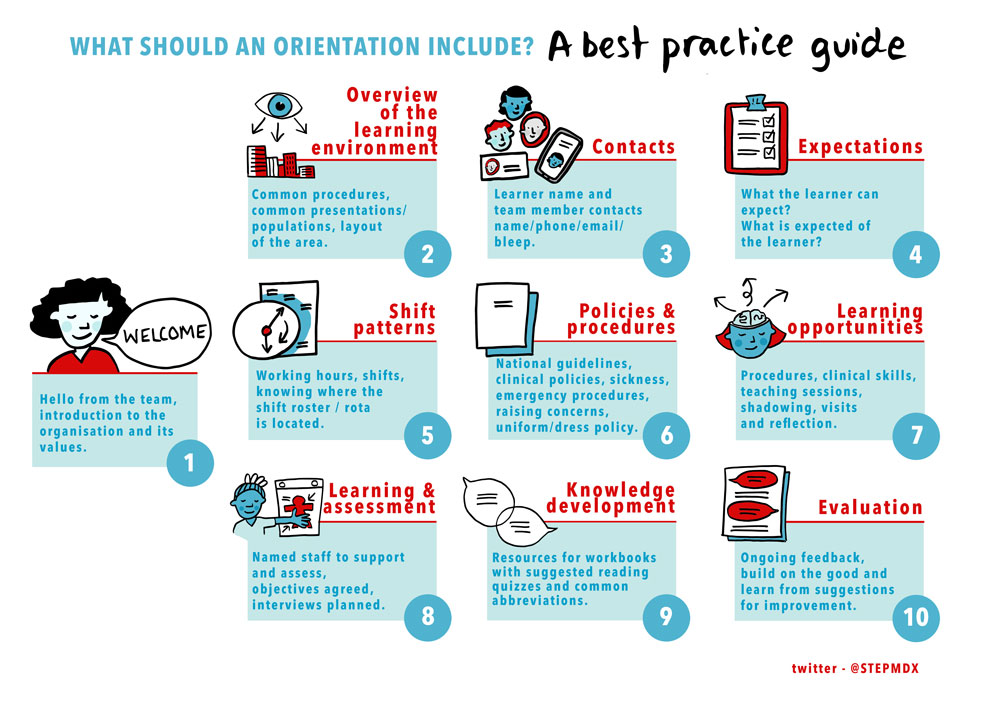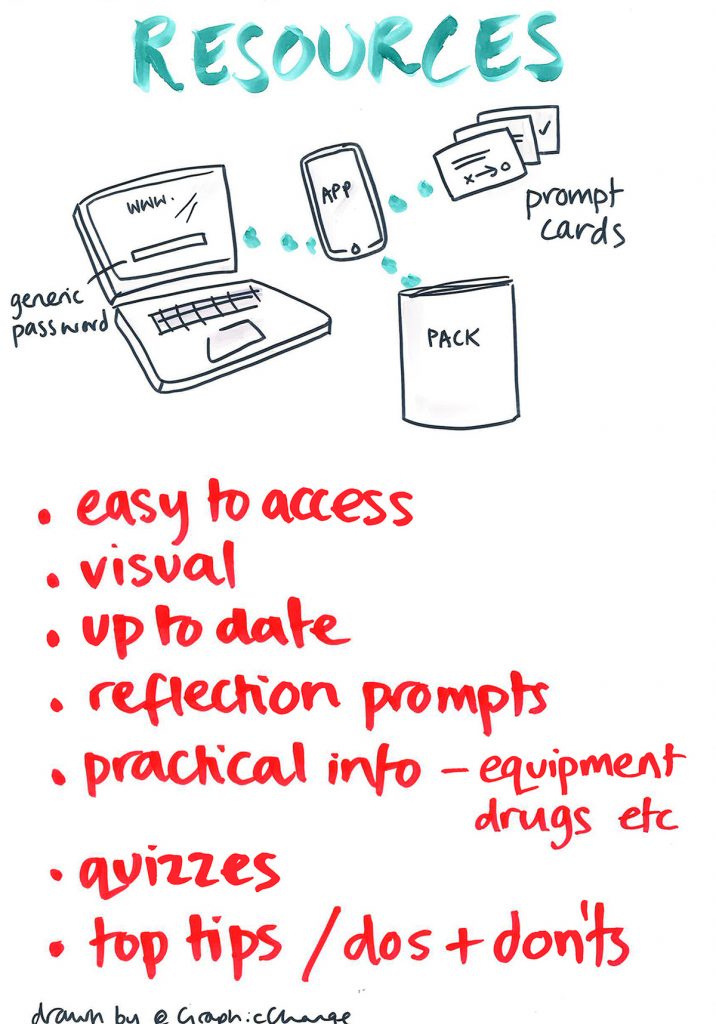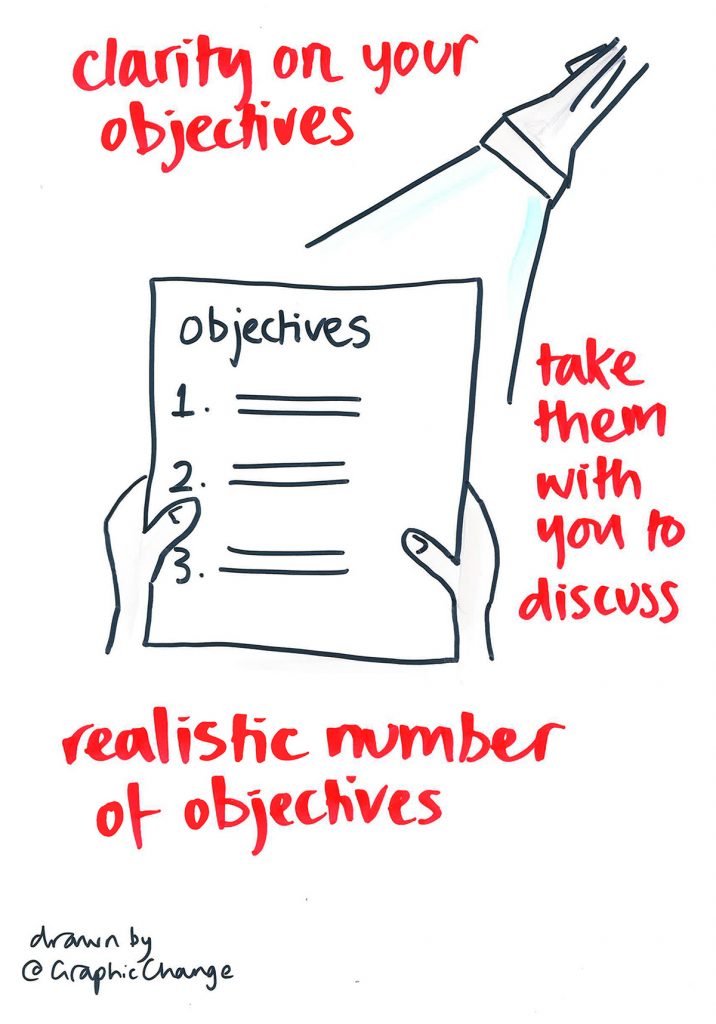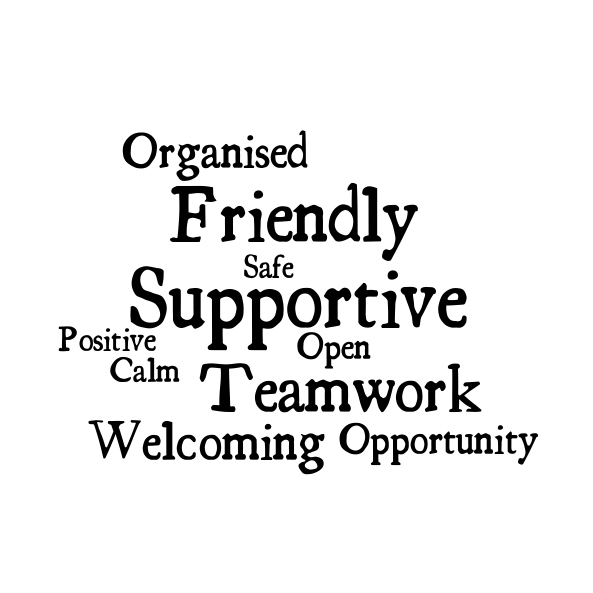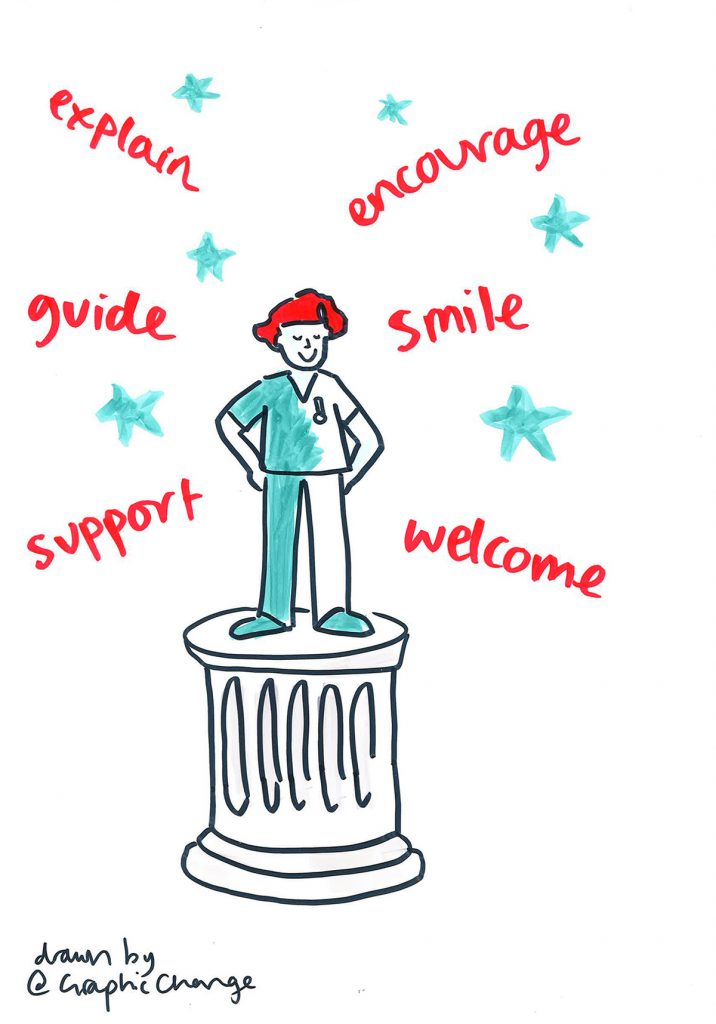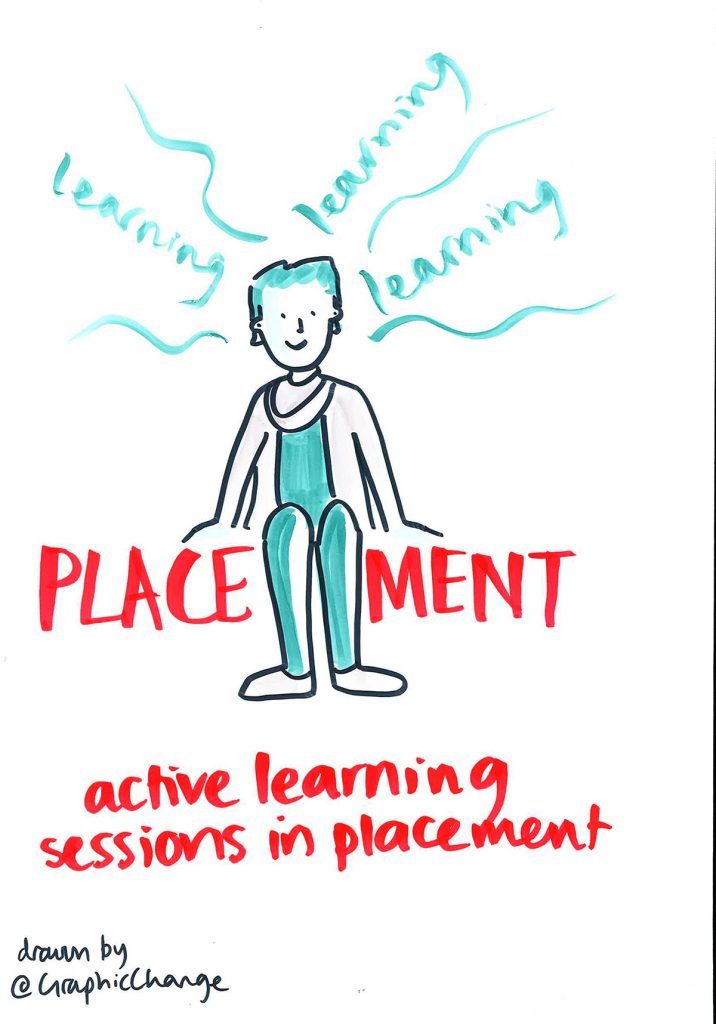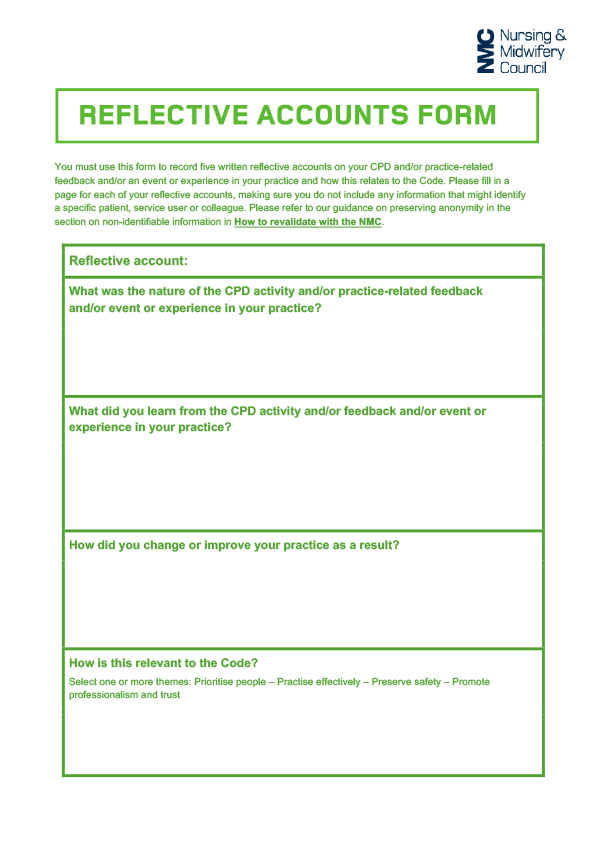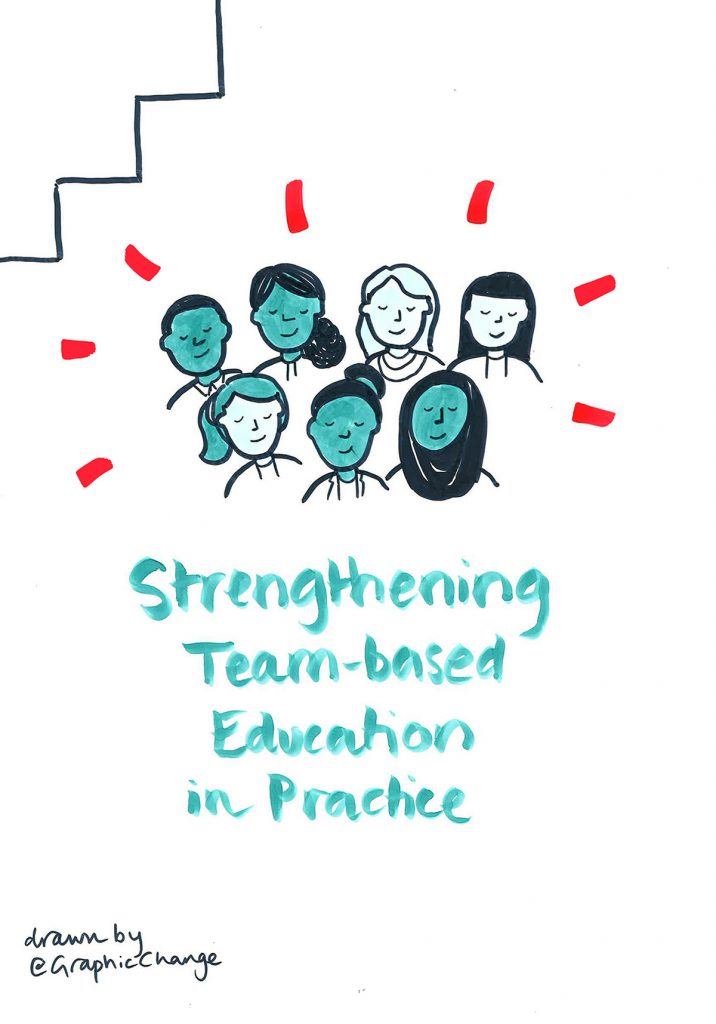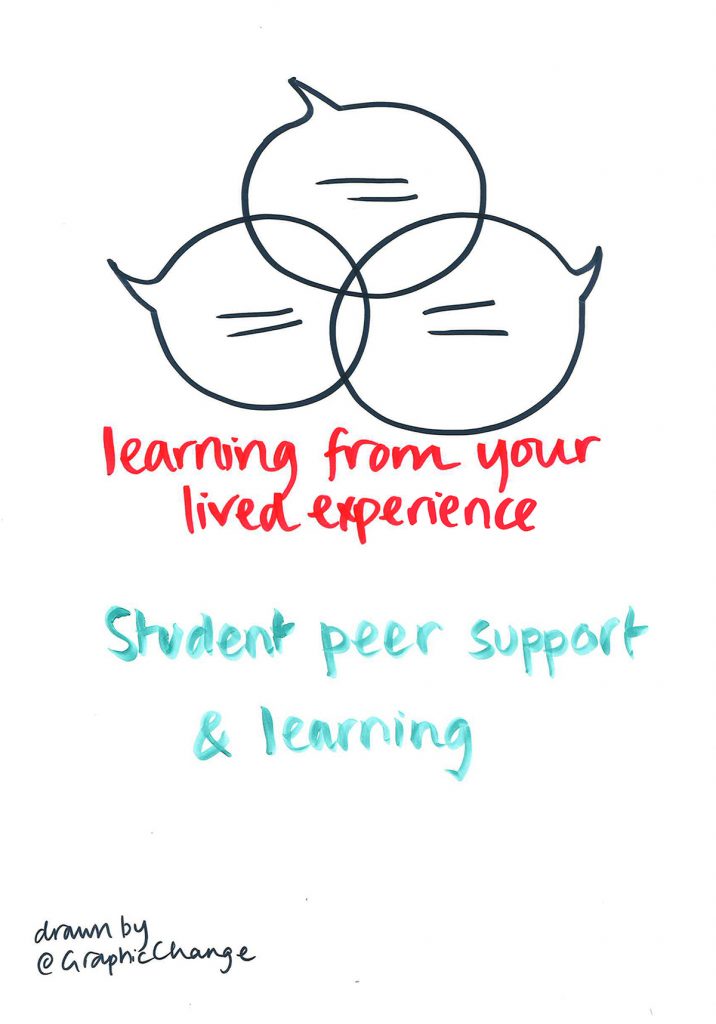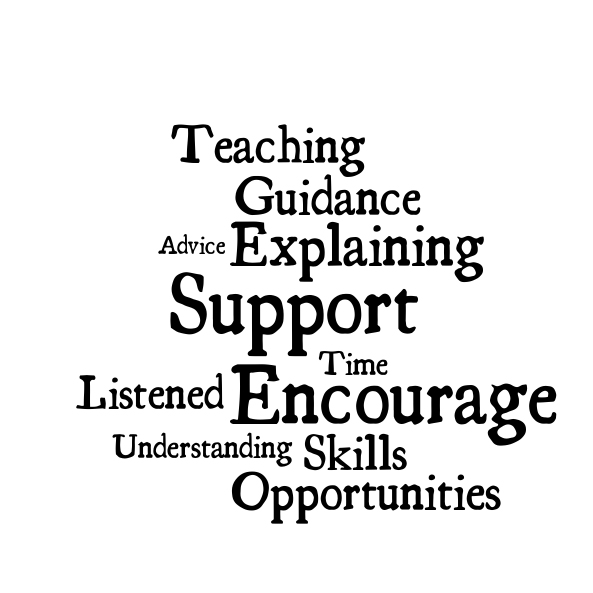STEP Resources
The learning resources within this section have either been developed as part of the STEP project, gathered from partner organisations as examples of good practice or are links to external resources that we found to be useful. Copies of the Pan London Practice Assessment Documents and related guides to support use are also included under ‘additional resources’.
The resources are being presented under the 3 levels of the Coaching Model for Expansive learning developed by the project team (Connecting, Establishing and Expanding) and can be used in the preparation of all staff involved in supervising and supporting learners in practice. Some of the resources will also be of value to learners of all levels in supporting their development.
‘Connecting’ involves the interpersonal connection with the student; ‘Establishing’ involves developing an understanding of the students’ current needs and goals; whilst ‘Expanding’ uses coaching skills to develop students’ critical dialogue, critical thinking and leadership skills. The empowerment of learners and building professional knowledge, skills and attributes were seen as integral to the whole process.
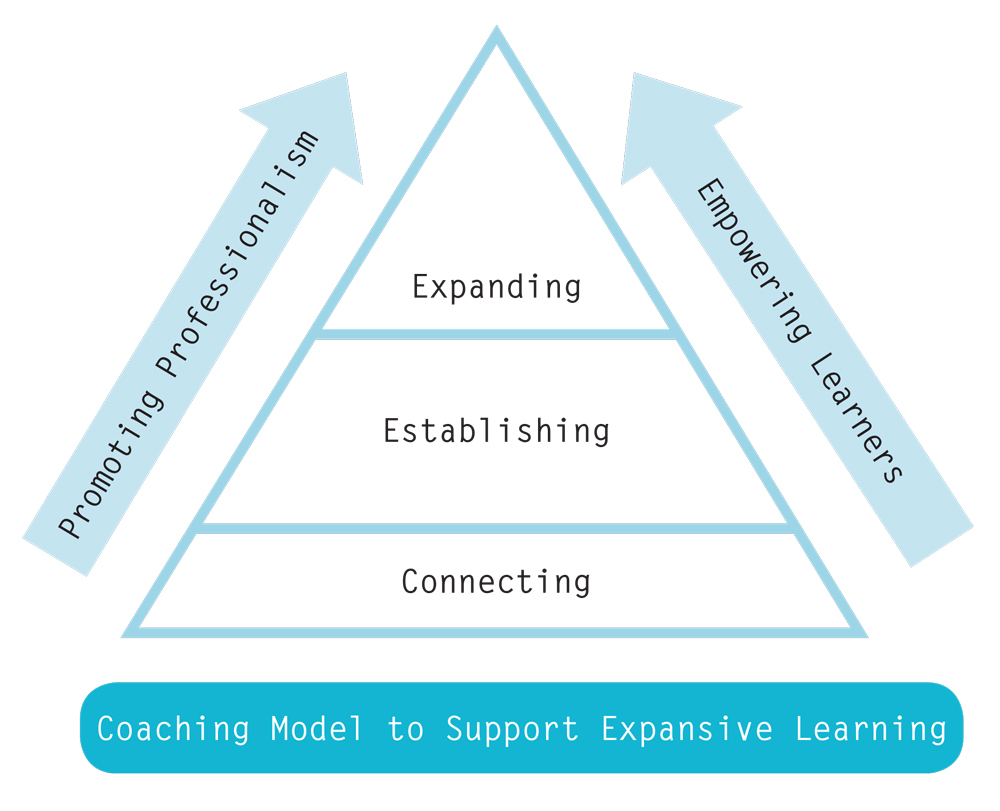
The learning resources within this section have either been developed as part of the STEP project or are external links to other relevant resources. These resources are being presented under the three levels identified in the ‘Coaching Model for Expansive Learning’ developed as part of the STEP project.
These are : Connecting; Establishing; Expanding. A further description of the model can be found under the ‘expansive learning’ theme.
The learning resources included below can be printed and used as individual slides to promote discussion or are available here as a complete PowerPoint presentation that can be downloaded and used in a workshop to aid the preparation of staff for their roles in supporting and supervising learning in practice.
Connecting
‘Connecting’ involves the interpersonal connection with the learner. These resources could be used to support any member of the team who are supporting learners and facilitating learning in practice.

Video
This is a 5 minute video of a year 3 student nurse discussing his preparation for practice, his initial experience with advice for others regarding preparing and getting the most out of the experience.
Orientation Packs
Orientation packs help learners understand the area and types of patients/service users.
- What type of information do you provide for learners?
- Identify 3 sources of information / guidance that should be included in an orientation pack?
- What type of information should you include about learning and assessment in your area? (consider the requirements of standards set by professional and regulatory bodies)
A ‘Best Practice’ Guide to Orientation
Think of the whole process of orientation to the area and everything the learner needs to become familiar with.
- Do you think all of these stages are relevant?
- Why do you feel these are important to student orientation and socialisation to your area?
- How will you ensure consistency of supervision and support during the learners experience?
Helpful Learning Resources
Learners like resources to be up to date, visual and easy to access. Consider any resources you have in your area. Do they meet these criteria? Look at some of the examples suggested by a group of learners.
- Are any of these available in your area?
- How might you develop some additional resources in your area?
- Could your learners help you develop some resources? How might you plan for this?
Establishing
‘Establishing’ involves developing an understanding of the students’ current needs and goals; These resources could be used to support any member of the team who are supporting learners and facilitating learning in practice.
Setting Learning Objectives
Learning objectives shape learner development and achievement but must be realistic for both the learner and supervisor/s.
- What approach do you currently take to setting learning objectives?
- What information do you need as a supervisor to enable you to set realistic learning objectives?
- How do you make learning objectives meaningful to motivate the learner to learn and achieve?
Learning objectives as part of a learning plan
Agreeing a learning plan with the learner is key to planning a positive experience and should include:
- Learning objectives that reflect the knowledge needed, the level of performance required as well as the attitudes/ values the learner should display.
- Understanding of the learner’s assessment requirements must be evident.
- Understanding of individual’s learning needs and the appropriate and available learning opportunities
- Setting clear and realistic timescales with the learner with planned opportunities for discussion, evaluation and feedback?
Reflect on an initial interview you recently conducted. Did you consider the above areas in agreeing a learning plan for the placement? How might you enhance your future practice?
Creating a Positive Learning Environment
Learners identified these words as key to a good learning environment. These words all influence the learners’ journey in practice.
- Focus on 3 of the identified words and give examples of how you maintain this approach for all learners at all stages of their learning.
- What one word would you use to describe a ‘good learning environment’ and explain why?
Enhancing Learning
Learners identified these words as being key to a good learning environment.
- Think of examples of how you maintain this approach for all learners at all stages.
- How does knowledge of the learners assessment requirements support their learning?.
- How do you support learners in meeting their required competencies/ proficiencies?
Expanding
‘Expanding’ uses coaching skills to develop students’ critical dialogue, critical thinking and leadership skills.
These resources could be used to support any member of the team who are supporting learners and facilitating learning in practice.
Promoting Active Learning
Placements offer a vast range of learning opportunities.
- What do you think ‘active learning’ means?
- How can you use the current learning opportunities in your area to promote active learning?
- Are there opportunities external to you area that the learner can access to promote their learning and development?
Promoting Critical Reflection
Encouraging all learners to question their decision making and critically reflect on their experiences is essential to ongoing development.
- What would be the benefits of asking your learners to complete a reflective account during their experience to encourage learning from their practice.
- How could you use this reflection template to further enhance their learning?
Promoting a Team-based Approach
All members of the team can contribute to learning in practice.
- Give examples of team members in your area that contribute to learning?
- Do all these members understand their role in supporting learning?
- What preparation and/or resources are available to help the wider team understand how they can contribute to the learning of others?
- How might members of the team contribute to assessment?
Peer Learning
Learners can benefit from working with and learning from each other. Creating time for learners to share their experiences with others could benefit their learning.
- Consider ways in which you could you promote peer learning and support in your area?
- What preparation would learners need before taking on a role in the peer support and learning relationship?
- How would you evaluate this approach?
Enhanced Support for Learning
These words were identified by a group of learners as most helpful approaches used in supporting their learning
- What do these responses suggest about how best to support learners on placement?
- Do these responses reflect your approach to supporting learners on placement?
- If you had to choose one of these words to reflect your approach what would that be?

